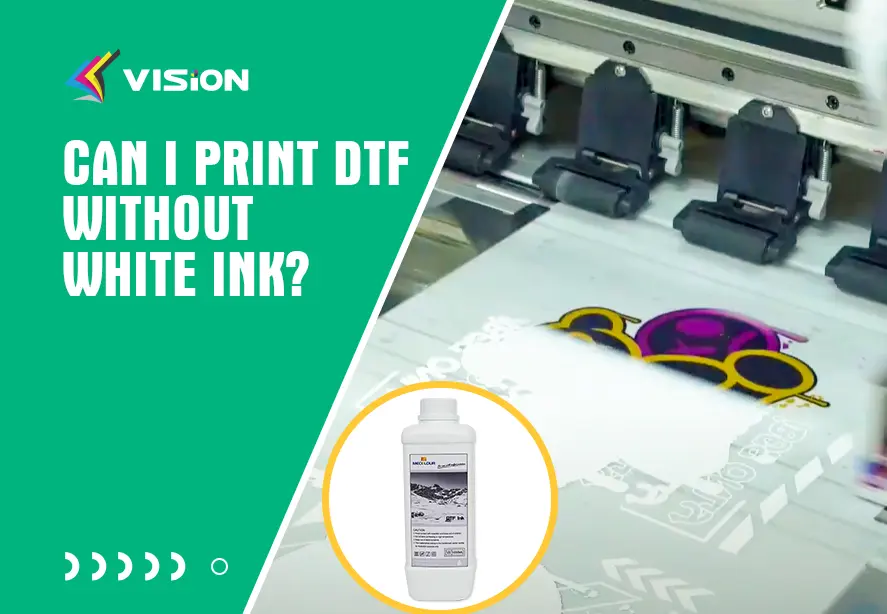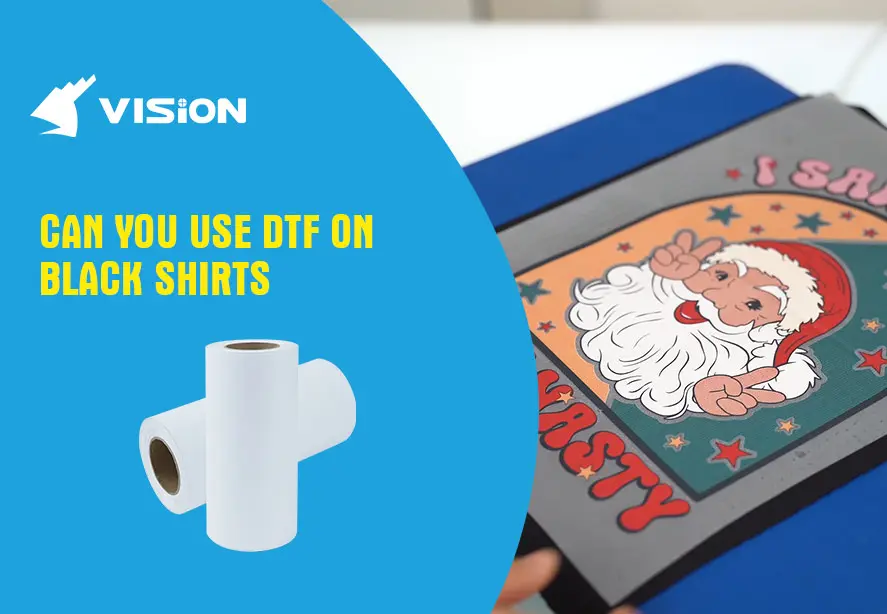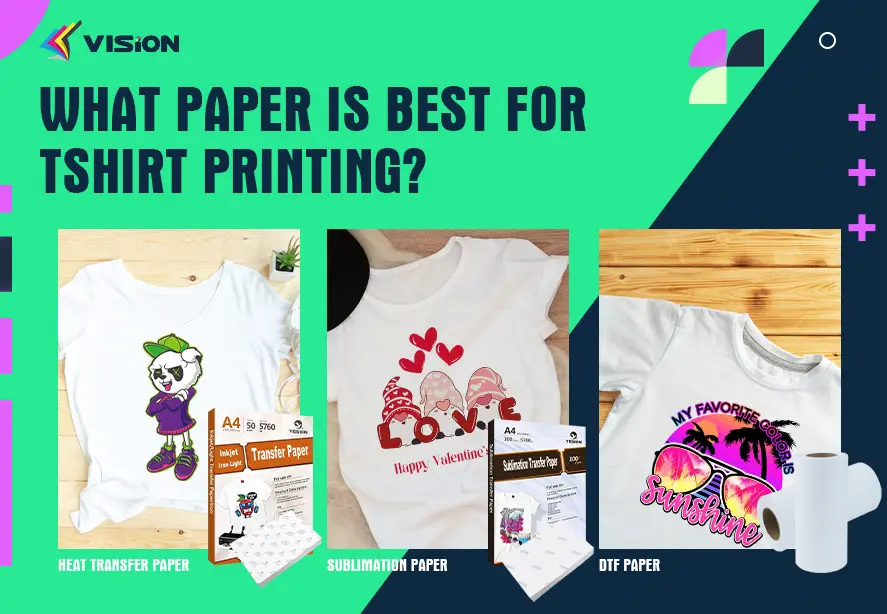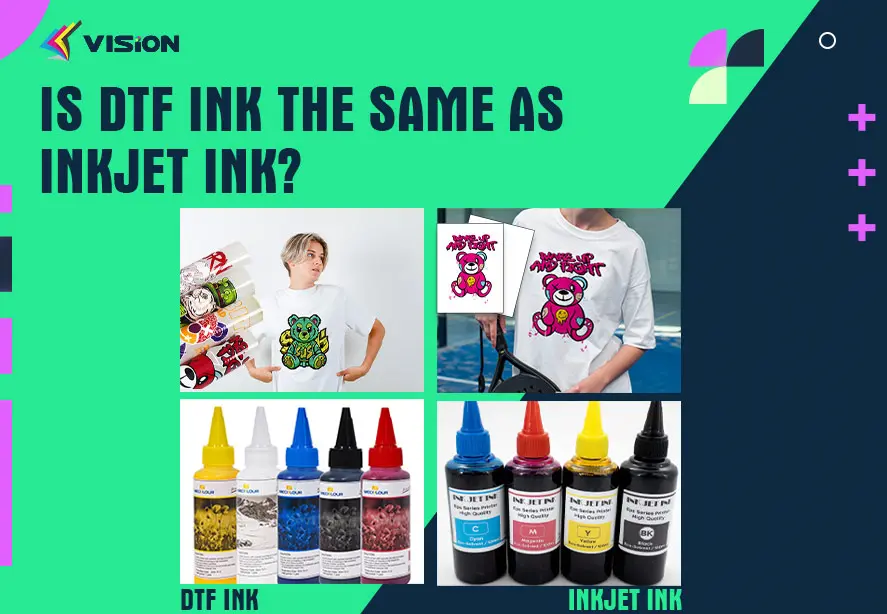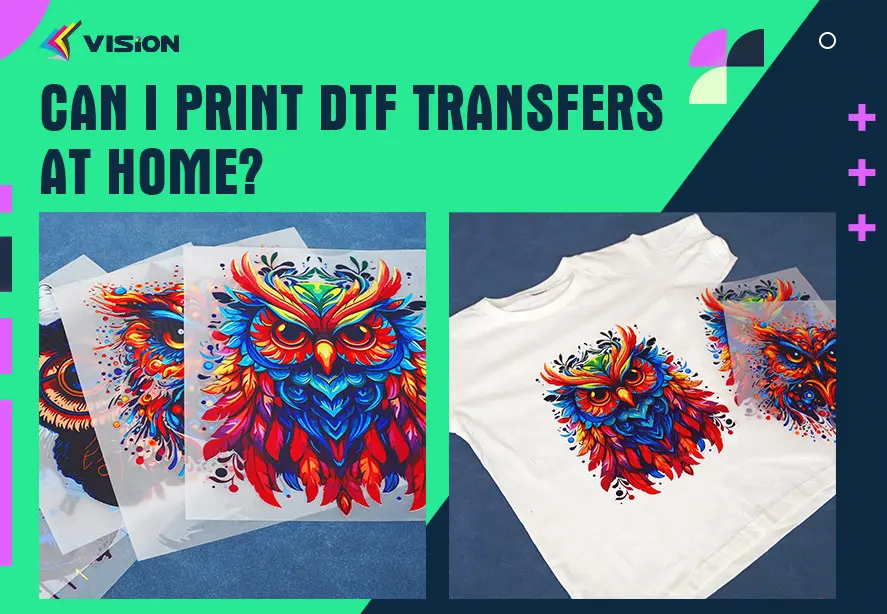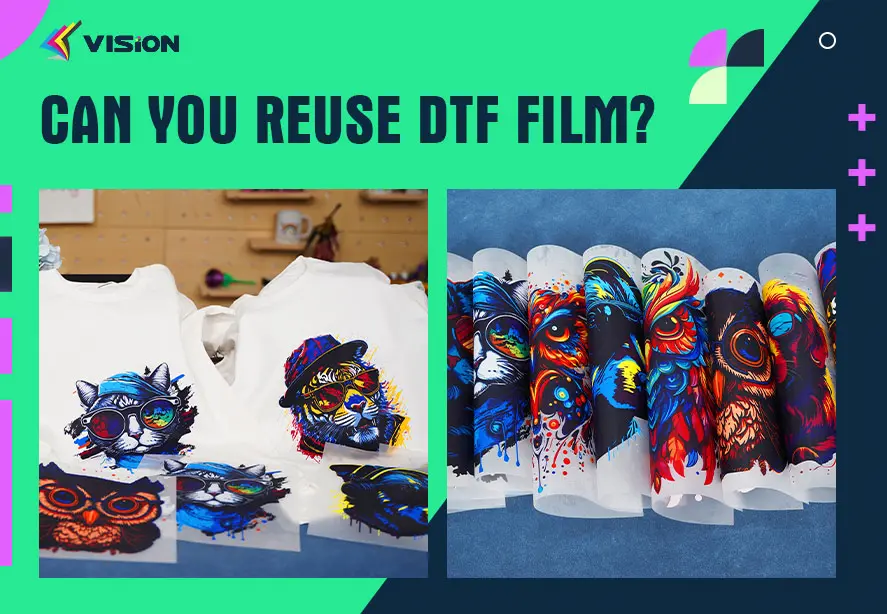How long does DTF ink last?

If you’ve ventured into the world of Direct-to-Film (DTF) printing, you’ve probably asked, “How long does DTF ink last?” This article delves into all the factors that influence the lifespan of DTF ink, offering tips to maximize its durability and ensure your designs remain stunning over time.
The Basics of DTF Ink
DTF ink is a specially formulated pigment-based ink designed for DTF printing, which transfers designs onto various fabrics using a heat press. Unlike traditional methods, DTF ink offers vivid colors and durable prints, making it a favorite among custom apparel enthusiasts.
Why is DTF Ink Popular?
DTF ink is beloved for its versatility and performance. It adheres well to fabrics, doesn’t crack or peel easily, and delivers a professional-grade finish. Plus, it works on various materials, including cotton, polyester, and blends, giving users creative freedom.
Lifespan of DTF Ink in Storage
Proper Storage Conditions
The longevity of DTF ink largely depends on how it’s stored. Follow these guidelines to extend its shelf life:
Temperature: Store DTF ink between 15°C to 25°C (59°F to 77°F). Extreme temperatures can degrade the ink’s quality.
Humidity: Keep the ink in a dry environment, as excessive moisture can affect its consistency.
Light Exposure: Avoid exposing the ink to direct sunlight or UV light, which can alter its chemical composition over time.
Sealing: Always ensure ink bottles are tightly sealed when not in use to prevent drying or contamination.
Manufacturer’s Expiry Date
Most DTF inks come with a shelf life of 6 to 12 months from the date of manufacture. Using ink beyond its expiry may result in poor print quality or nozzle clogging in your printer.
Maximizing the Lifespan of DTF Ink and Prints
1. Use High-Quality Materials
Investing in premium DTF inks, PET films, and adhesive powders ensures better durability and color retention. Lower-quality materials may compromise the longevity of the print.
How to use DTF transfer for your tshirt business?
2. Follow Application Guidelines
The transfer process is critical to the durability of DTF prints. Ensure:
Correct Heat Settings: Use the recommended temperature (usually around 160°C to 170°C) and pressure.
Proper Curing: Allow the adhesive powder to fully cure during the heat press process.
Even Application: Ensure consistent heat and pressure distribution during transfer.
3. Regular Equipment Maintenance
Clean and maintain your DTF printer and heat press regularly to avoid issues like uneven transfers or clogged nozzles, which can affect print quality.
4. Educate End-Users
If you’re selling printed garments, provide care instructions to customers. Simple practices like washing inside-out and avoiding high-heat drying can significantly extend the lifespan of the designs.
DTF inks have transformed the printing industry, offering vibrant and long-lasting designs that stand the test of time. By following best practices in storage, application, and garment care, you can ensure your DTF prints remain stunning for years to come.
Related:
The Difference Between Dye Sublimation Ink and DTF Ink?
Do you need special ink for DTF transfers?


